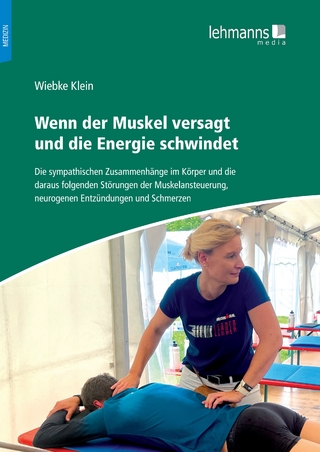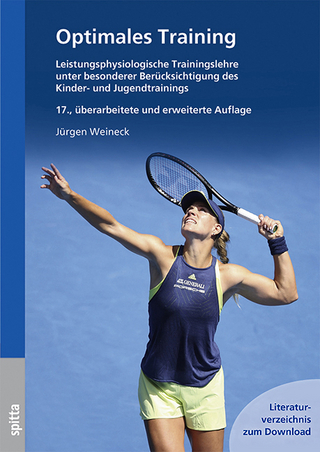
Prevention and Rehabilitation of Hamstring Injuries
Springer International Publishing (Verlag)
978-3-030-31640-2 (ISBN)
lt;p>
Kristian Thorborg is an Associate Professor at Copenhagen University. He is currently employed as senior researcher, at the Sports Orthopedic Research Center - Copenhagen (SORC-C), and the Physical Medicine and Rehabilitation Research - Copenhagen (PMR-C) programme. Both centers/programmes are part of the Copenhagen IOC Research Centre in Injury and Illness Prevention. Kristian is a Specialist in Sports Physical Therapy since 2004, with more than 20 years of clinical experience within sports and orthopedic injury prevention, assessment and treatment. Kristian Thorborg has published more than 145 peer-reviewed articles and 25 book chapters. Kristian is ranked as no. 1 by expertscape.com (online guide to find biomedical experts and institutions) within the area of both "Hip" and "Groin" and currently publishes more than 30 peer reviewed papers annually.
David Opar is a Senior Lecturer in the Discipline of Exercise Science at Australian Catholic University (Melbourne Campus). Having completed a Bachelor degree (with Honours) in Human Movement at RMIT University in 2008, Dr Opar commenced a PhD on hamstring injuries at Queensland University of Technology under the supervision of Associate Professor Anthony Shield in 2010. Dr Opar was conferred his PhD in December 2013. Since, Dr Opar has published over 40 peer-reviewed articles, most of which are focused on hamstring injury. Dr Opar's research covers many areas in hamstring injury, from risk factor analysis and intervention strategies through to optimising rehabilitation and return to play strategies. In conjunction with Associate Professor Shield, Dr Opar was a co-inventor of the NordBord device, which is tool utilised around the world to measure eccentric hamstring strength in the field.
Anthony Shield is an Associate Professor of Exercise Science at the Queensland University of Technology in Brisbane, Australia. He completed his PhD at Southern Cross University in 2003. Dr Shield has written more than 50 peer-reviewed publications, of which, more than 30 are on the topic of hamstrings. He and his group have introduced the concept that neuromuscular inhibition may be a contributing factor to hamstring injury recurrence and have investigated the role of eccentric strength and hamstring muscle architecture on injury risk.
1Functional anatomy and biomechanics.- 2 Basic muscle physiology in relation to hamstring injury and repair.- 3 Assessment of risk factors and factors associated with hamstring injury.- 4Diagnosis considerations in relation to acute and chronic hamstring injuries, including imaging, and muscle injury classification systems.- 5 Hamstring injury prevention including both pre-season and in-season interventions and management strategies.- 6 Rehabilitation of hamstring injuries, both acute and chronic.- 7 Rehabilitation of hamstring ruptures.- 8 Return to sport after hamstring injuries.- 9 Optimising hamstring muscle strength and function for performance.- 10 When conservative rehabilitation and injury prevention fails. (This will include injections, surgery etc.)
| Erscheinungsdatum | 08.04.2021 |
|---|---|
| Zusatzinfo | XVII, 347 p. 84 illus., 67 illus. in color. |
| Verlagsort | Cham |
| Sprache | englisch |
| Maße | 155 x 235 mm |
| Gewicht | 626 g |
| Themenwelt | Medizin / Pharmazie ► Medizinische Fachgebiete ► Sportmedizin |
| Medizin / Pharmazie ► Studium | |
| Schlagworte | eccentric strength • fascicle length • Performance • Rehabilitation protocols • re-injury • Return to sport • risk factors assessment • running based programs |
| ISBN-10 | 3-030-31640-8 / 3030316408 |
| ISBN-13 | 978-3-030-31640-2 / 9783030316402 |
| Zustand | Neuware |
| Haben Sie eine Frage zum Produkt? |
aus dem Bereich


